Whether on racetracks or country roads, the high-performance BMW M Compound Brake and BMW M Carbon Ceramic Brake systems were designed to provide sporty dynamics in BMW M cars. As well as guaranteeing outstanding braking performance, noise can sometimes develop under certain conditions due to the high-strength materials involved. The following insight into how high-performance brake systems function and tips for optimum braking behaviour will enable all M owners to achieve maximum driving pleasure.
THE RIGHT CHOICE.
THE RIGHT CHOICE.
The right choice of high-performance brake system depends on various factors, but in particular on the owner’s driving characteristics. The BMW M Compound Brake system meets the highest demands in terms of driving dynamics and deceleration and is therefore the ideal choice for all sporty drivers. The BMW M Carbon Ceramic Brake is ideal for racing enthusiasts.
Running-in your brakes.

Running-in your brakes.
A brand-new high-performance brake system should always be run in first. This applies to the first 500 km with the BMW M Compound Brake system, or the first 1,000 km with the BMW M Carbon Ceramic Brake system. Within these distances, the brakes should be used moderately. In dangerous situations, the full potential of the brake system can of course still be utilised.
Braking the brakes dry.

Braking the brakes dry.
In situations where a high-performance brake system has gotten wet, such as after going through a car wash, corrosion and noise can occur. To prevent these undesirable phenomena, you should brake the brake system dry. Some light braking from 50 km/h to 0 km/h is enough to do this. Make sure that traffic conditions permit such manoeuvres.
Apply more force to the brake regularly.

Apply more force to the brake regularly.
Prolonged use of a high-performance vehicle with only a slight load on the brake can also lead to brake noises. Prevent this by regularly bringing the brake discs up to higher temperatures by applying greater braking force when the traffic conditions allow it.
Cool down the brake system.

Cool down the brake system.
After extremely sporty driving, you should carefully cool down high-performance brake systems again. This is best achieved during normal driving. When the vehicle is at a standstill, do not use the brake pedal if the situation allows.
Polish the brake discs.

Polish the brake discs.
After extremely high loads have been placed on high-performance brake system, such as after racetrack use, you should remove any build-up of deposits on the brake discs. This can be achieved by polishing them with light strokes of the brake pedal, if the traffic conditions permit it.
Contact your service advisor - in case of permanent braking noise.
Braking noise can occur in certain conditions due to the high-strength materials involved. If these are temporary or situational, it does not pose a safety or quality problem. In most cases it is possible to prevent the noise developing with the correct braking behaviour. If the braking noise is permanent or if you are unsure, please contact your service advisor.
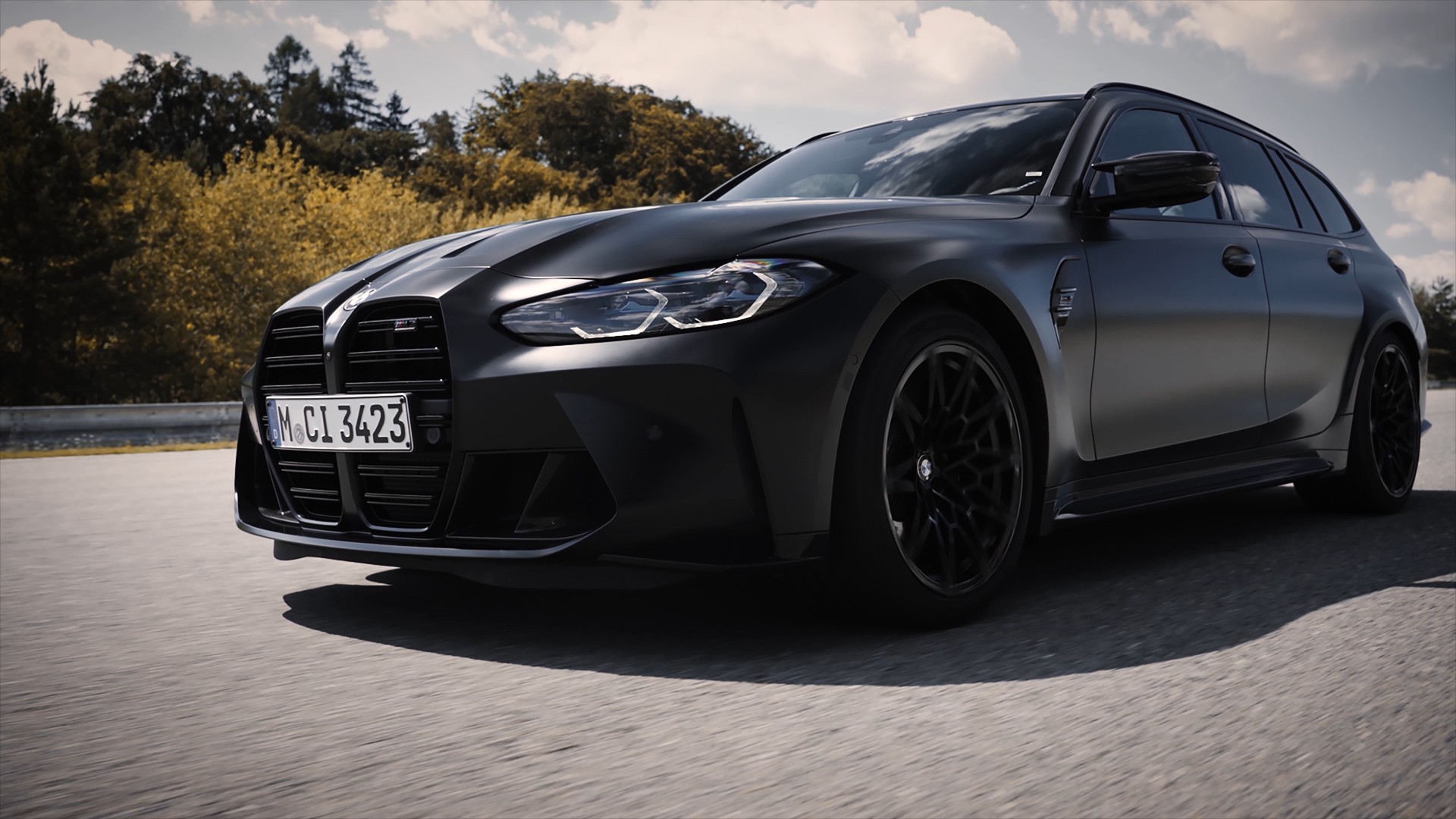

Note on break dust.
BMW M automobiles are high-performance vehicles with racing DNA that are designed for dynamic driving. The specially designed brakes provide the necessary braking force that generates more brake dust due to increased friction. Therefore, the appearance of this dust only shows that a BMW M car is driven in an appropriate manner. It is important to remove this dust at regular intervals by washing the vehicle and wheels in order to prevent it from burning into the surface of the rims.

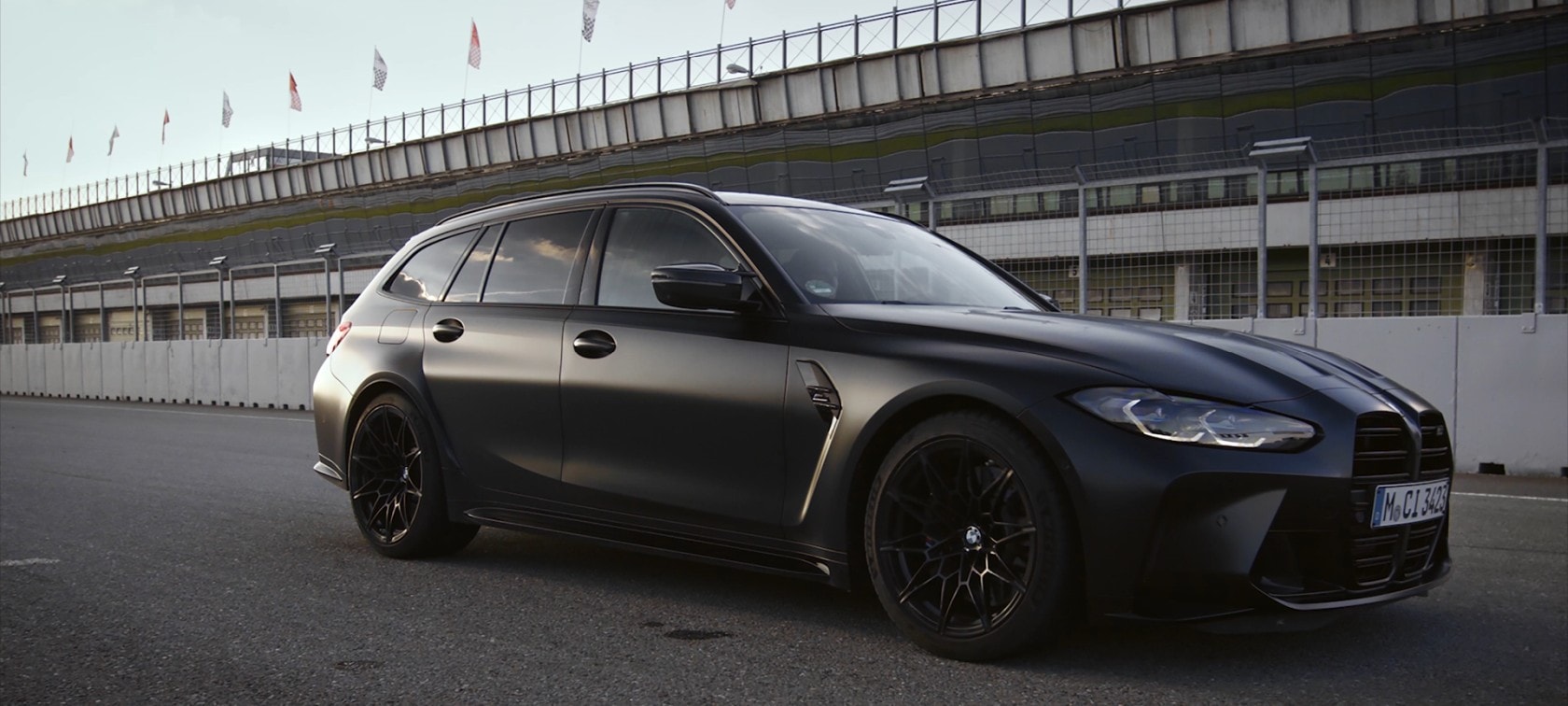
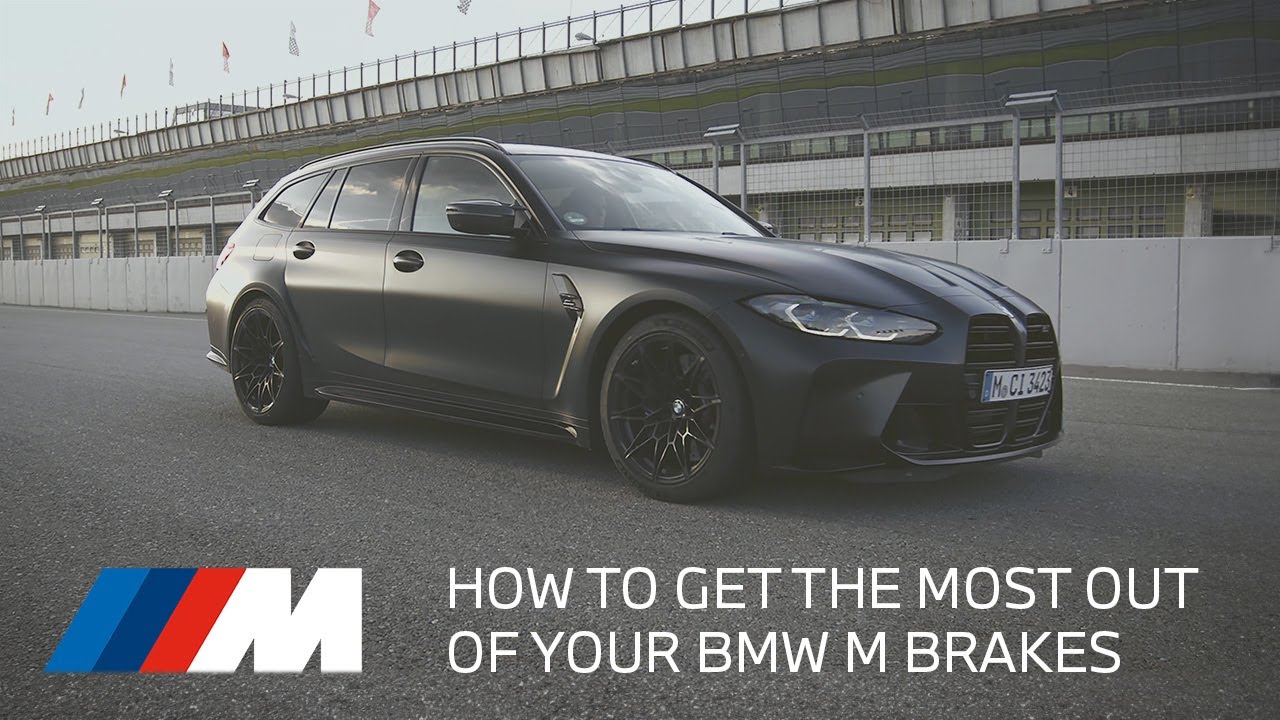
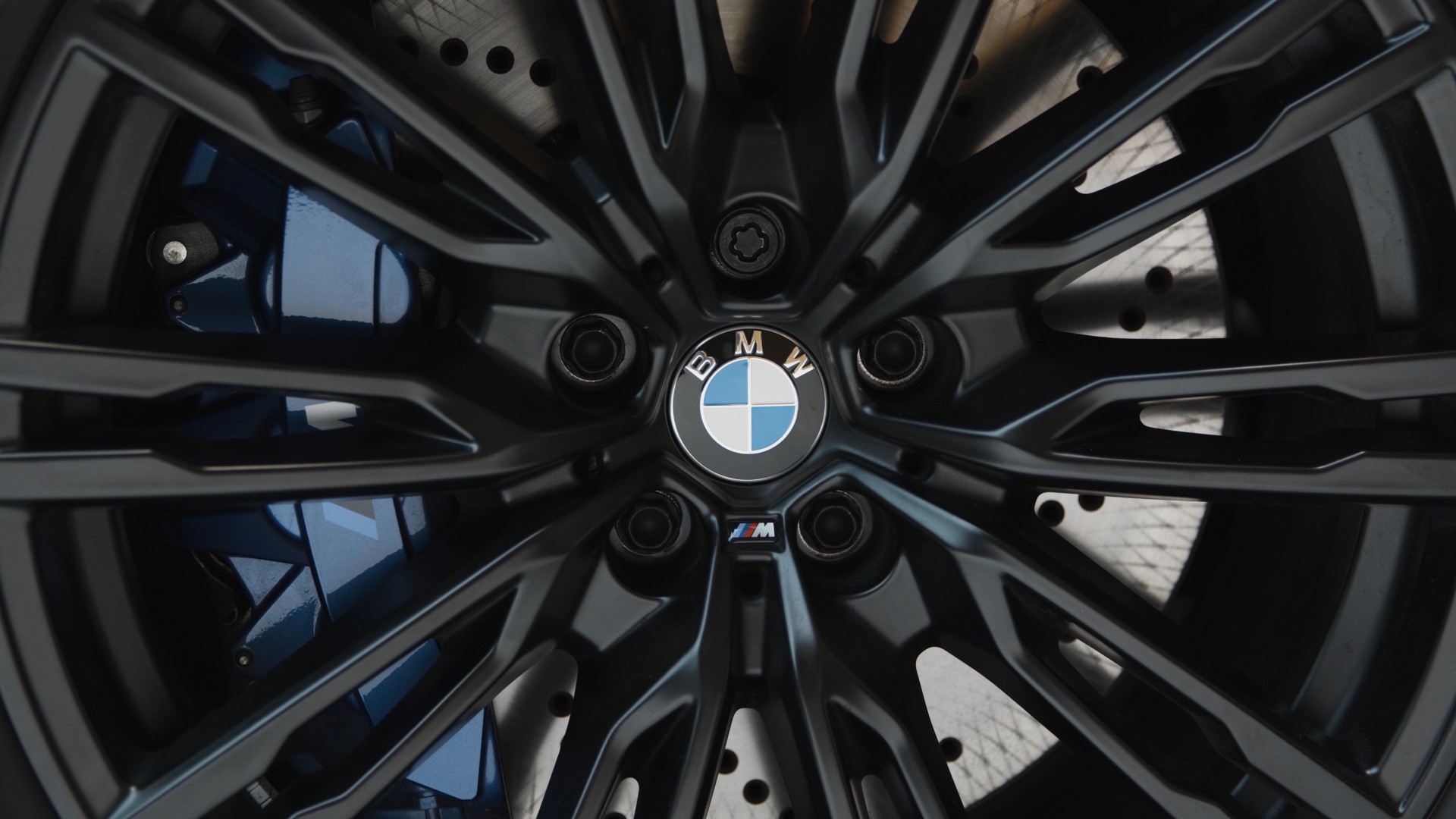
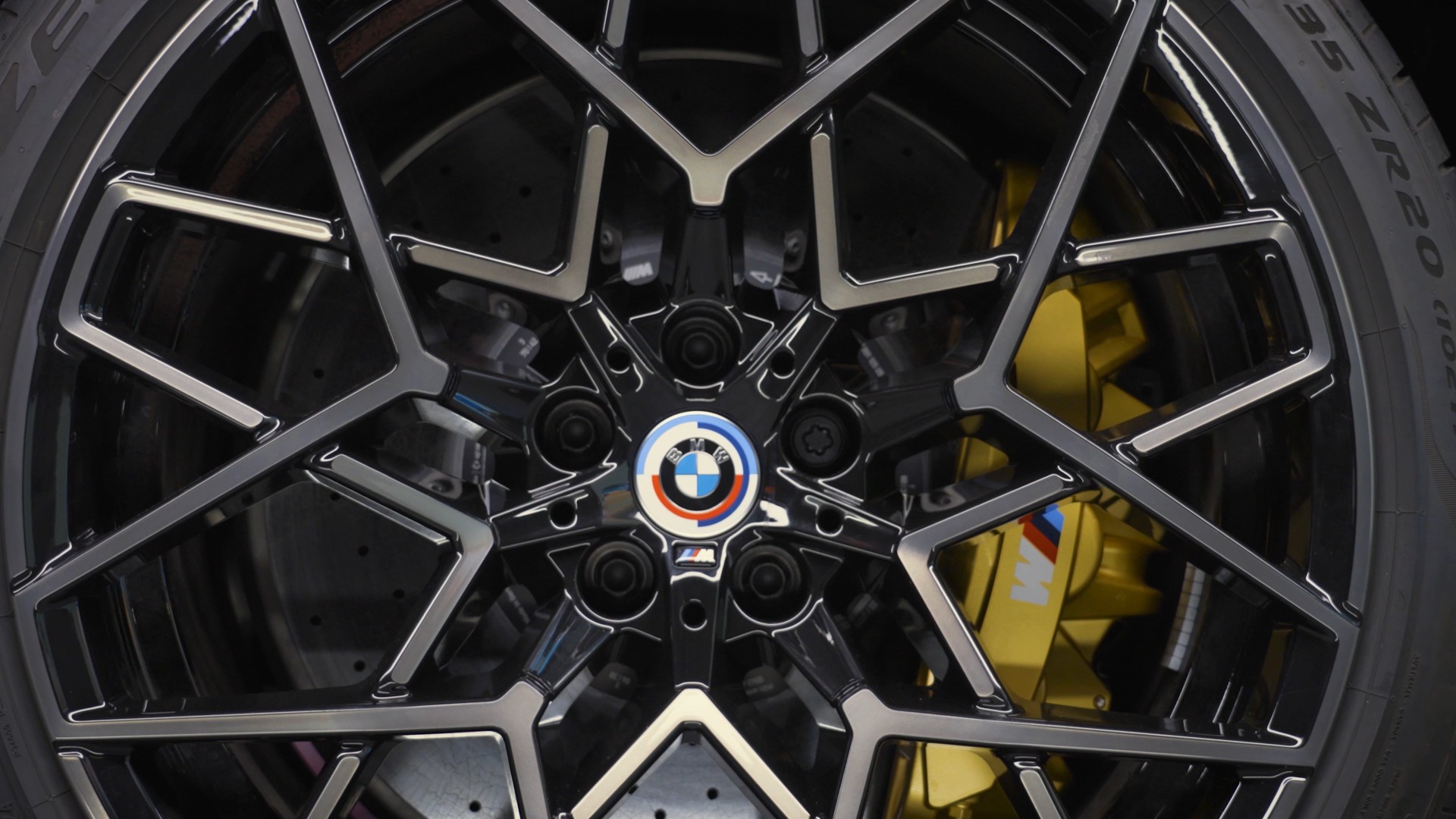
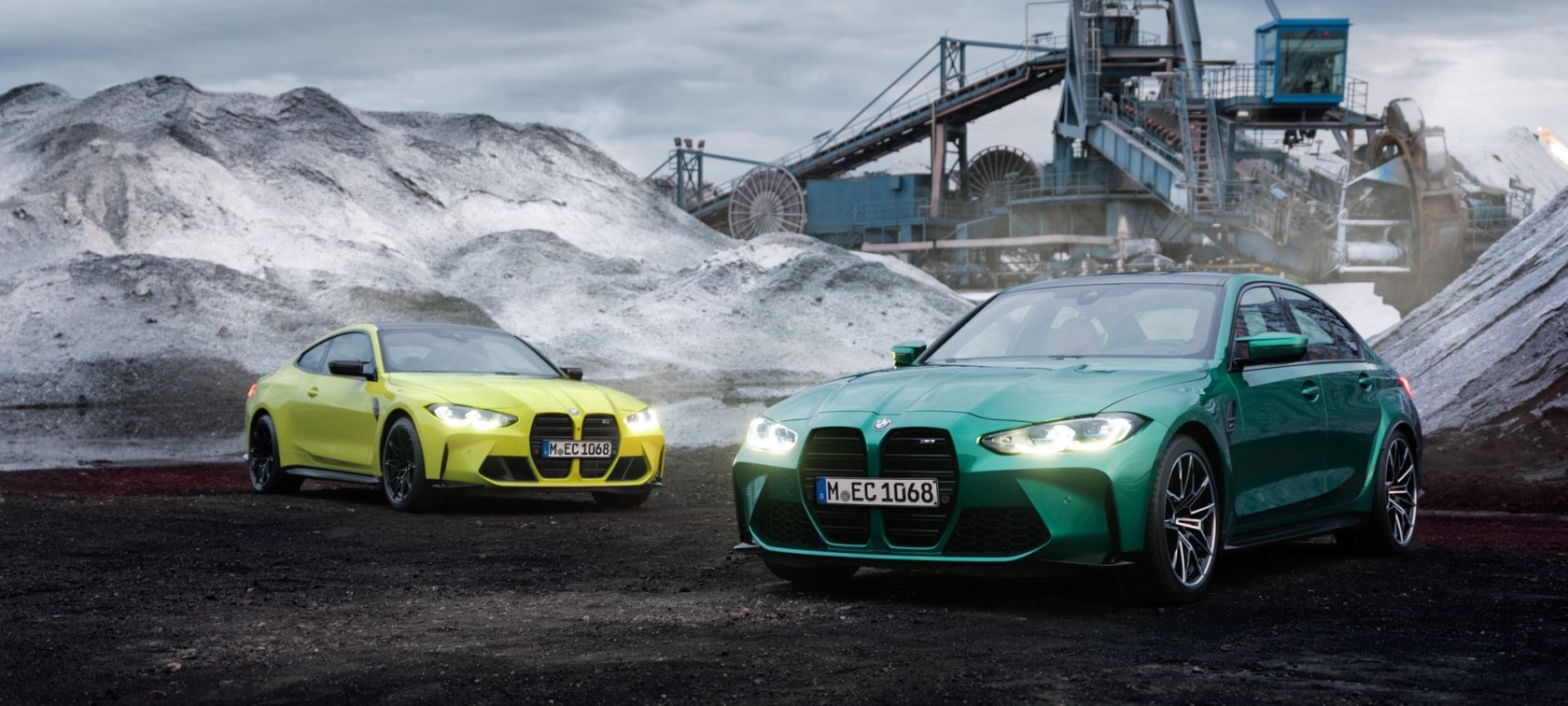
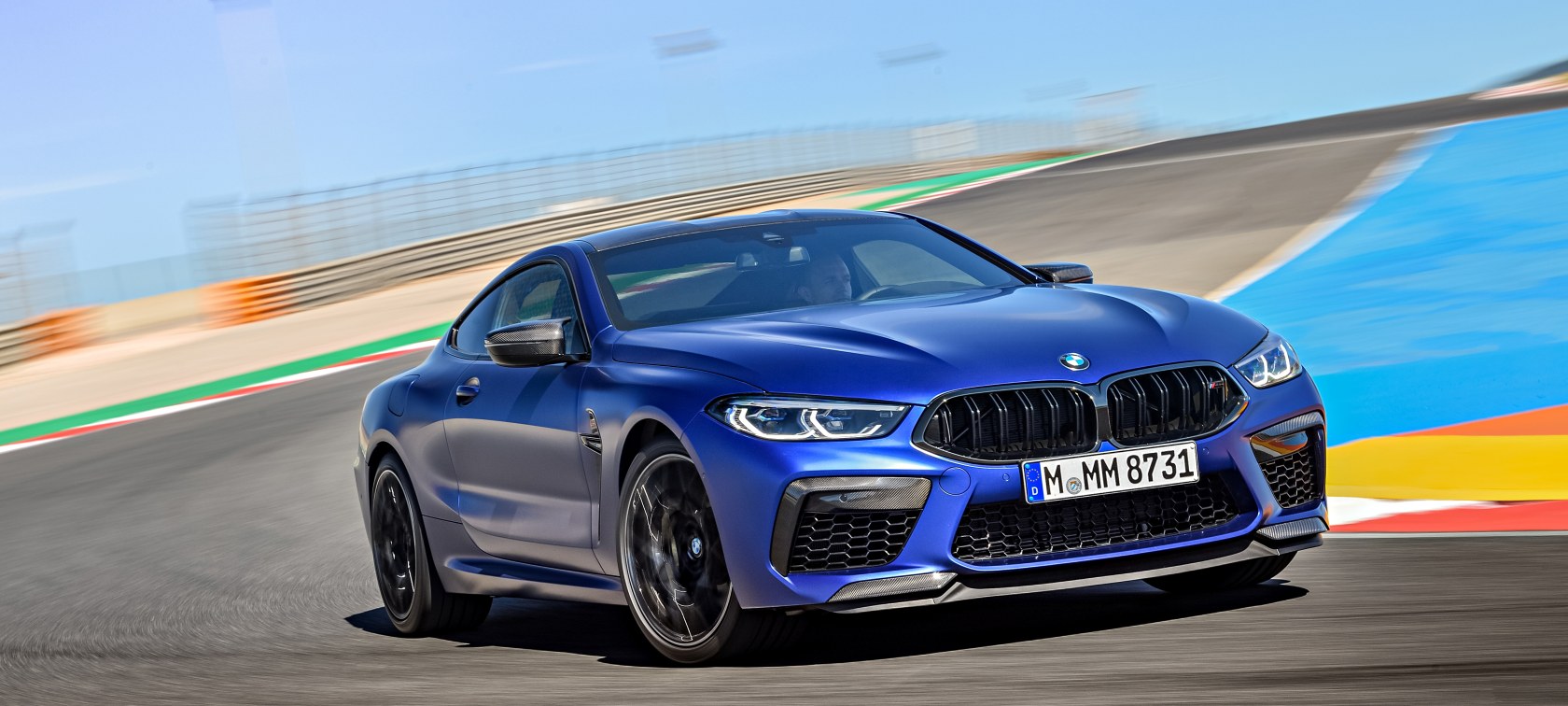
.jpg)